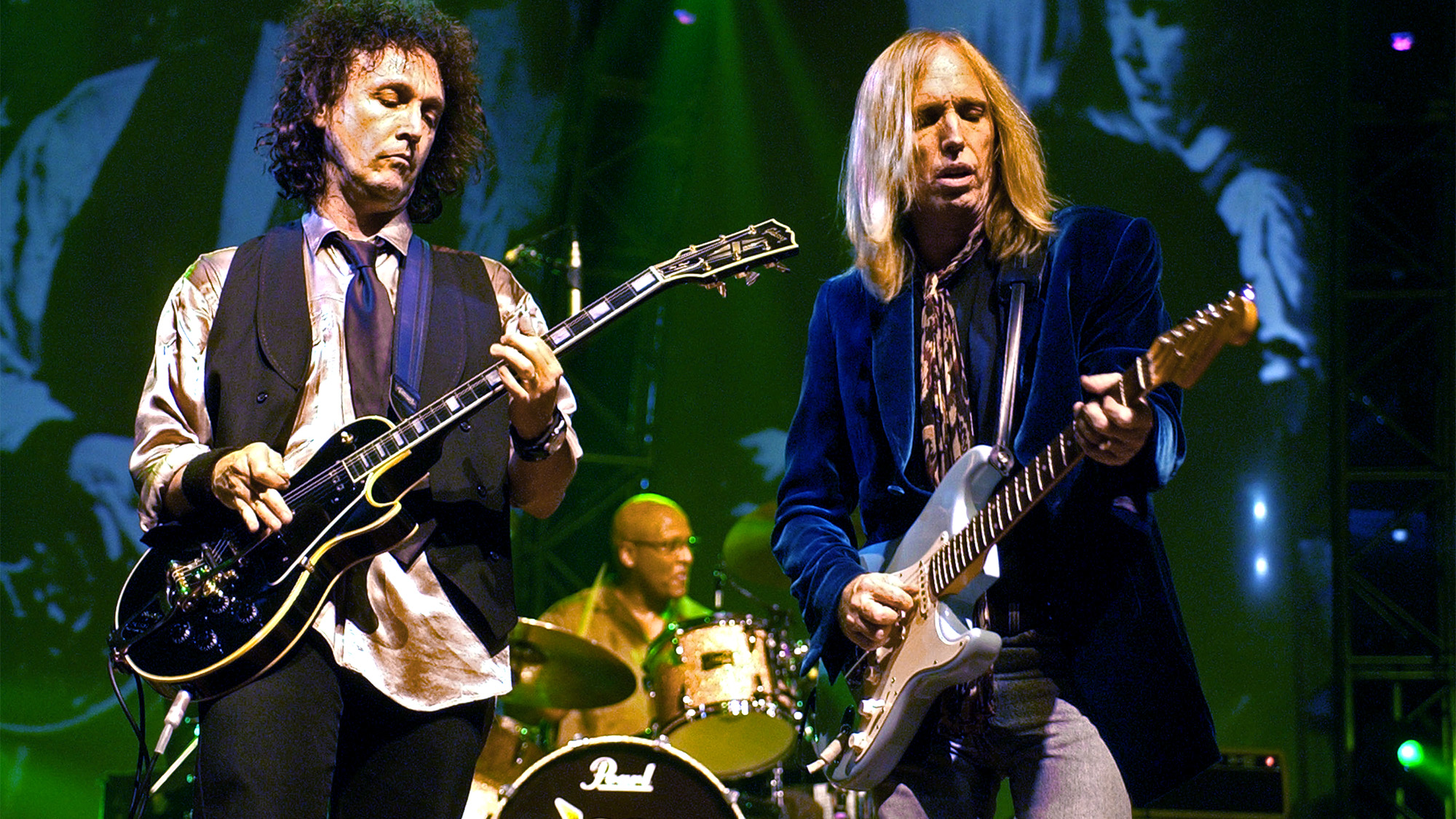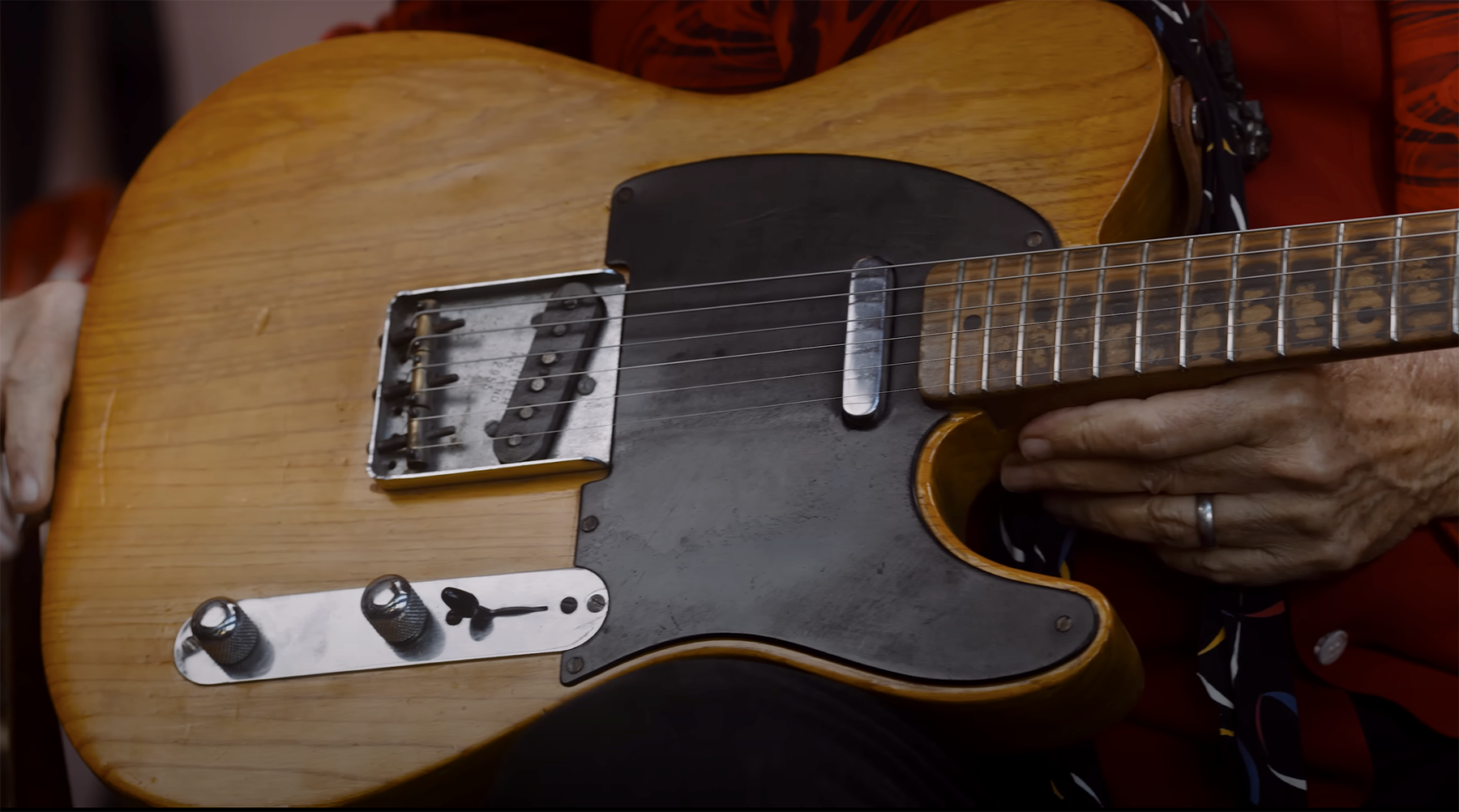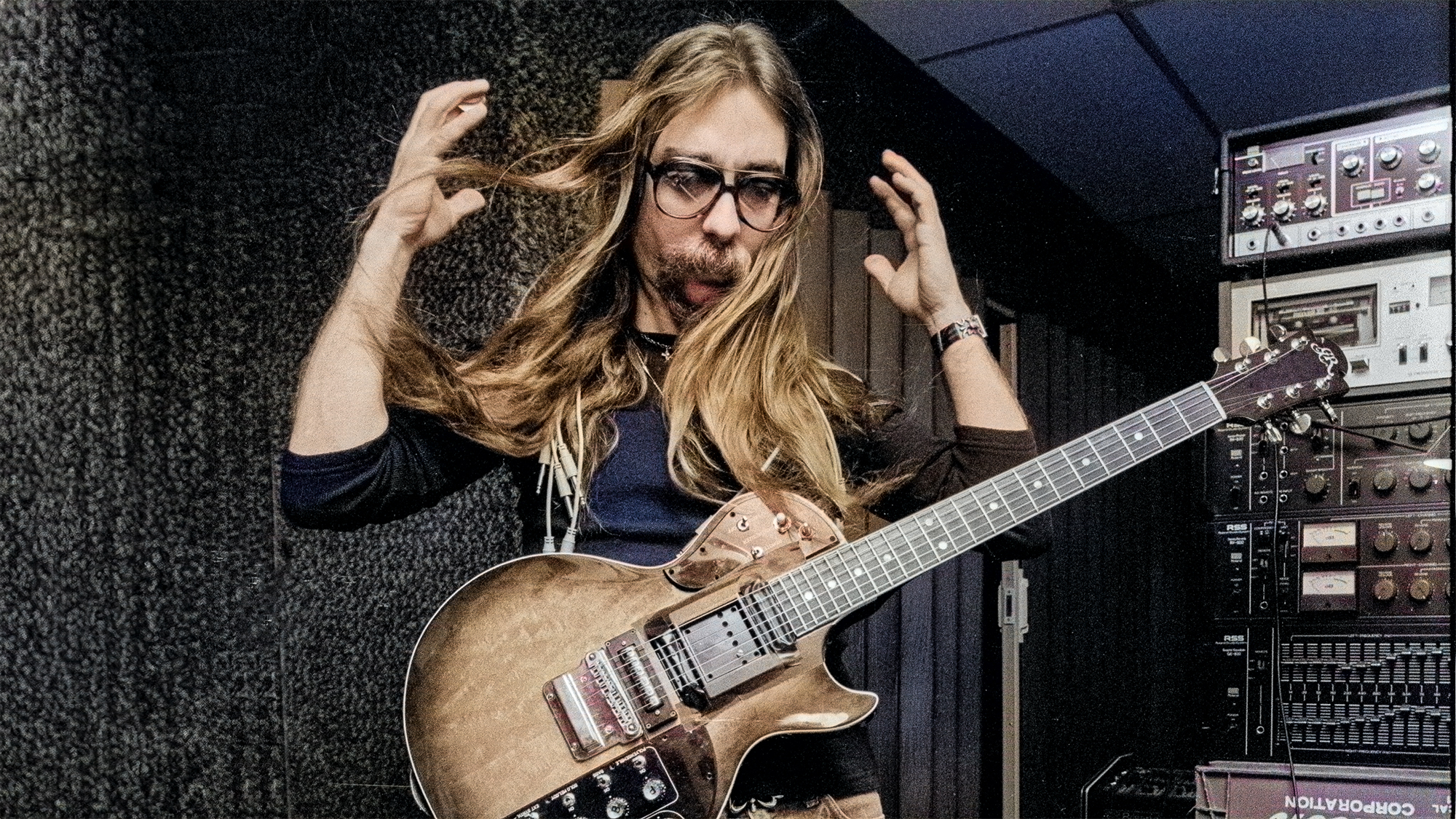“Suddenly, this harmonic happened. I thought, Nobody sounds like this! This is us.” Mike Campbell reveals how he and Tom Petty developed the guitar tandem that defines the Heartbreakers' classic sound
Petty had started out as a bass player, but when he moved to electric the seeds of one of rock’s greatest guitar partnerships were sown

What defines a guitar partnership? From the muscular, Marshall-driven stomp of Angus and Malcolm Young to the right-hand intricacies of Robert Fripp and Adrian Belew, a handful of guitar duos have demonstrated the unique power that happens when two guitarists' stylists pair up beautifully.
But few tandems were as tightly knit as Tom Petty and his Heartbreakers foil Mike Campbell.
Speaking to Guitarist about what defined their union — and the sounds they conjured together — Campell points to their innate chemistry. Beyond that, the role of two Fender guitars and a little tuning cannot be understated, as Petty quickly outgrew his original role in the band.
“When I first met Tom, he was writing on guitar, but he mostly played bass in the band that we were in, Mudcrutch,” Campbell remembers.
Petty soon began assuming lead vocal duties, promptly switching from bass to rhythm guitar. And he relied on Campbell to ensure a smooth transition.
“When we got to L.A., I had a ’64 Stratocaster that I got for $200, which is now probably worth 200 grand!" Campbell says with a laugh. "Tom didn’t really have a good electric guitar, so I let him use that one when he switched over to guitar.
“Then I went out and got this Fender Broadcaster from some little shop. I had to put our P.A. and a blackface Deluxe Reverb on consignment to afford it.
All the latest guitar news, interviews, lessons, reviews, deals and more, direct to your inbox!
"I brought those two guitars to the studio, and we really found that sound.”

The Fenders proved worthy instruments, but nailing their sound took more than just plugging them into amplifiers. Hearing the huge 12-string guitar sounds of the Byrds left Campbell craving for a taste of the same, but he loathed buying another guitar. That proved to be the genesis of their sound as it's remembered today.
“I had the Broadcaster and Tom had the Strat,” Campbell says. “He was playing Bo Diddley chords, you know, and we wanted to get a 12-string sound on top of it. I love the Byrds, but we didn’t have a 12-string, so on my Broadcaster I played the octaves with a low-D drone to try to sound like a 12-string.
“Suddenly, this harmonic happened that became, to me, the Heartbreaker sound. The way we played guitar, the way I voiced against Tom, we found it on ‘American Girl’. It was very exciting when I heard it. I thought, Wow... nobody sounds like this. This is us. Those two guitars helped make it happen.”
Campbell recently sold more than 100 guitars from his collection, but the Broadcaster, steeped in sentimentality as it is, was never going to leave his side. It was retired from touring in 1980, but in the studio, the Broadcaster — a precursor to the Telecaster –— is omnipresent.
“It’s right next to my chair when I record,” he tells Guitar Player. “I still use it all the time. This is the guitar that didn’t get away, and it never will. It’s got that sound, and that’s that.”
The guitar had a scare during the band's Damn the Torpedos tour, which proved one too many for Campbell.
“The first time we went to Japan, we had our gear sent over in a boat,” he explains. “When I opened up the Broadcaster’s case, it was all damp from seawater or whatever. I thought, I don't want it to get damaged. It's too valuable. I don't know what it's worth nowadays — enough to buy a house probably.”
Campbell has recently dropped his two new Fender Red Dog tribute models, the guitar behind "Refugee", and has reflected on how an offer to join Fleetwood Mac months after Tom Petty's death proved a godsend and dragged him from the depths of his despair.
A freelance writer with a penchant for music that gets weird, Phil is a regular contributor to Prog, Guitar World, and Total Guitar magazines and is especially keen on shining a light on unknown artists. Outside of the journalism realm, you can find him writing angular riffs in progressive metal band, Prognosis, in which he slings an 8-string Strandberg Boden Original, churning that low string through a variety of tunings. He's also a published author and is currently penning his debut novel which chucks fantasy, mythology and humanity into a great big melting pot.


